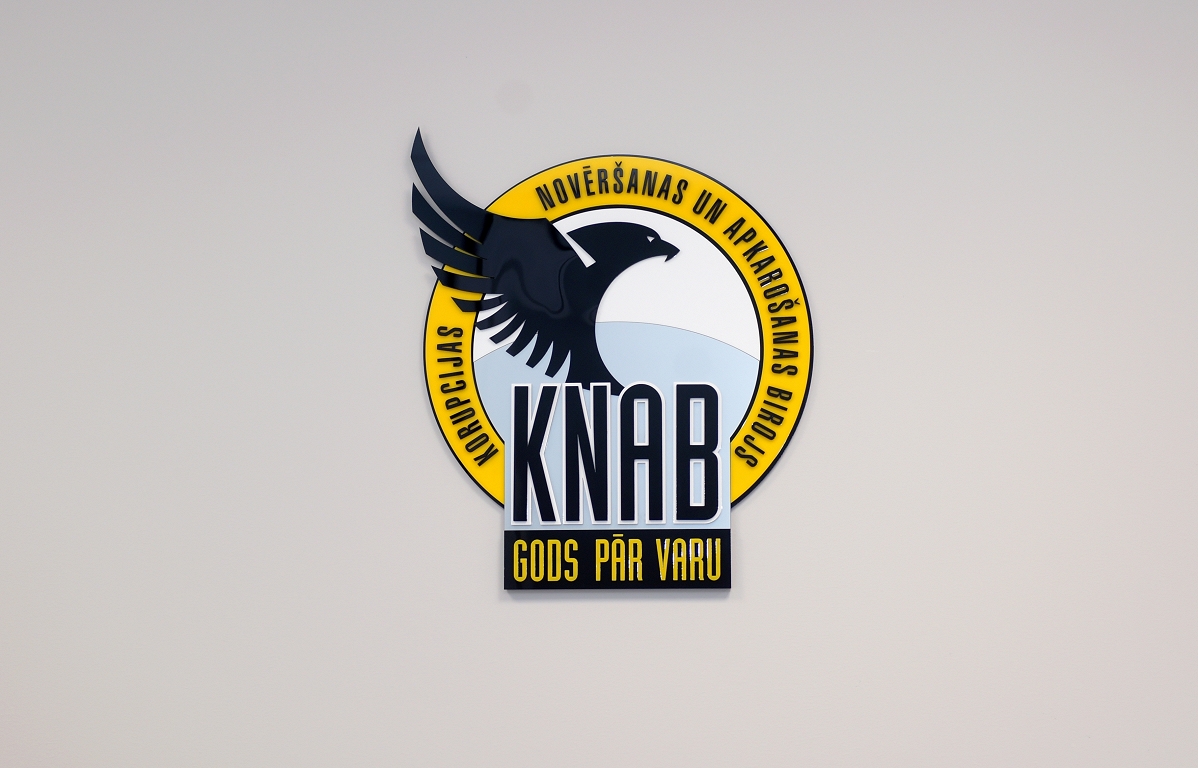Stuff liver from the laboratory: Foie grass without cruelty to animals

Some appreciate them as a culinary specialty, others reject them because of the associated cruelty to animals. For the production of foie grass, also called stuff liver in Germany, ducks and geese are pressed in mass -rich, high -calorie food through a pipe in the stomach. This makes the liver swell and increase their fat content. This practice is prohibited in many countries. A German-Danish research team now presents a method of creating a foie-grass-like pate without a stuff mast.
« It has always been a goal to reproduce the taste and texture of real foie grass and not to lose sight of the well-being of the animals, » explained study director Thomas Vilgis from the Max Planck Institute for Polymer Research in Mainz. With his team, the physicist, himself a hobby chef, not only wanted to imitate the taste of duck and daisy liver, but also the consistency and mouthfeel when eating.
Vegetarian cooking is a training profession in Austria
According to his presentation, this has now succeeded after five years of research. « The foie grass we produced is not distinguishable from the conventional product, » said Vilgis of the German Press Agency. After all, not every foie grass taste identical, he emphasized. This depends on many factors – not least from the food stuffed into the animals.
Enzymes by geese as a key factor
Initially, the group analyzed the composition of conventional foie grass – such as the fat content and the proportion of collagen fibers – as well as the appearance and the mechanical properties. Afterwards, the researchers made a gel from collagen -rich tissues such as skin or bones, which they mixed with fat and liver of geese or ducks, as they report in the journal « Journal of Fluids ». But that was not enough.
The key to taste as well as the consistency of the pate produced was to treat the fat with certain enzymes that are very similar to those of ducks and geese. These so -called lipases are important for the fat digestion and also ensure the formation of those large fatty units that are typical of foie grass. « The fatty acids are split off by the fat -digesting enzyme, » explained Vilgis.
Clean Meat: The steak from the laboratory
The researcher has registered a patent for the procedure. So does he believe that this procedure will establish itself? « I think so, » he replied. Less for small farmers, for example in France, which the product will continue to produce as before. However, the method now presented is offered for large production – especially in the many countries in which the stuffing mast is prohibited. « This is an alternative now, » says Vilgis. « I am sure that consumers will not find any difference. »







/s3/static.nrc.nl/images/gn4/data133354271-8dc659.jpg)
